Rosemary – Rosmarinus officinalis
Overview: Rosemary, scientifically known as Rosmarinus officinalis, is a fragrant, evergreen shrub native to the Mediterranean region. Known for its aromatic, needle-like leaves and blue to white flowers, it is a staple in culinary, medicinal, and ornamental gardening. Rosemary is highly valued for its versatility, drought tolerance, and ease of care, making it an excellent addition to herb gardens, borders, and containers.
Typical Uses:
Rosemary serves various purposes in garden and landscape design:
- As a culinary herb in kitchen gardens, providing fresh leaves for cooking and seasoning
- In herb gardens and borders, adding fragrance and evergreen structure
- In containers on patios, decks, or balconies, offering easy access to fresh herbs
- As an ornamental shrub in mixed borders and rock gardens, providing color and texture
- For crafting and aromatherapy, using its fragrant leaves and essential oils
Establishment and Care Instructions:
Planting: Choose a site with well-drained soil and full sun. Rosemary prefers slightly alkaline to neutral soil. Dig a hole twice as wide and as deep as the root ball. Place the plant in the hole, ensuring the top of the root ball is level with the soil surface. Backfill with soil and water thoroughly.
Watering: Water regularly during the first growing season to help the plant establish. Once established, Rosemary is drought-tolerant and prefers infrequent, deep watering. Avoid overwatering, as Rosemary is susceptible to root rot.
Pruning: Prune in late winter or early spring to maintain the desired shape and encourage bushy growth. Regularly harvesting the leaves will also help keep the plant compact and healthy.
Fertilizing: Rosemary generally does not require heavy fertilization. If necessary, apply a light application of balanced fertilizer in spring. Over-fertilizing can lead to weak, leggy growth.
Special Features and Usage:
Rosemary offers several distinctive features:
- Foliage: Aromatic, needle-like leaves are dark green and provide year-round interest and fragrance.
- Flowers: Blue to white flowers bloom in late spring to early summer, attracting bees and other pollinators.
- Culinary Uses: Fresh or dried leaves are used to flavor a variety of dishes, including meats, soups, and stews.
- Drought Tolerance: Once established, Rosemary is highly drought-tolerant, making it suitable for low-water landscapes.
- Low Maintenance: Requires minimal care once established, including occasional pruning and is resistant to most pests and diseases.
- Deer Resistance: Rosemary is typically resistant to deer browsing, making it a good choice for areas with deer pressure.
- Aromatic Uses: Leaves can be used in crafting, potpourris, and essential oils for their pleasant aroma and therapeutic properties.
- Companion Planting: Rosemary can be planted alongside vegetables and other herbs, providing benefits such as pest deterrence and attracting beneficial insects.

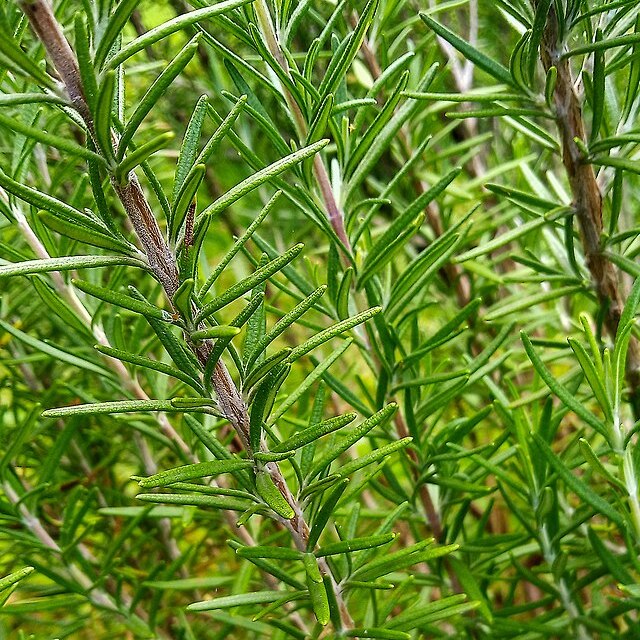
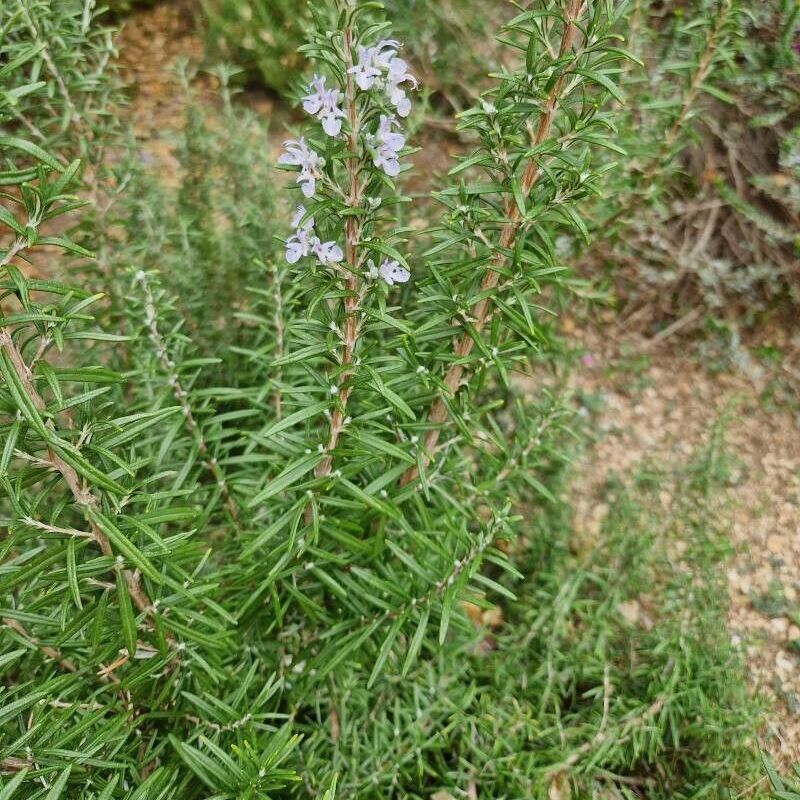
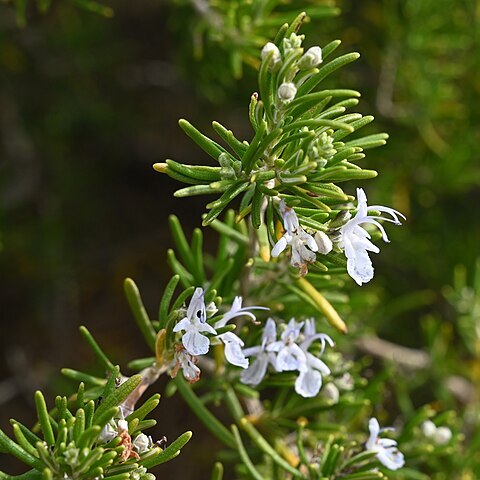
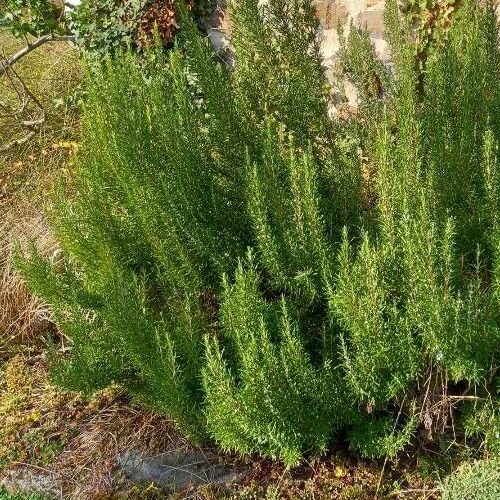
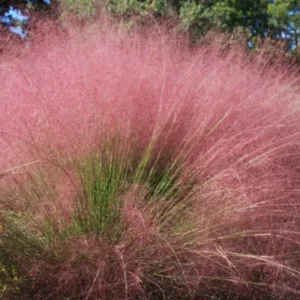
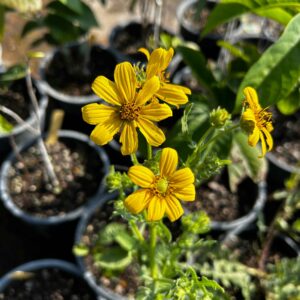
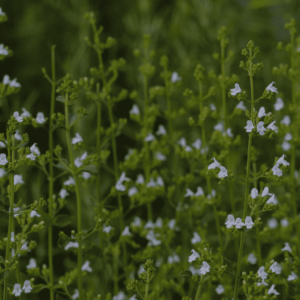
Reviews
There are no reviews yet.